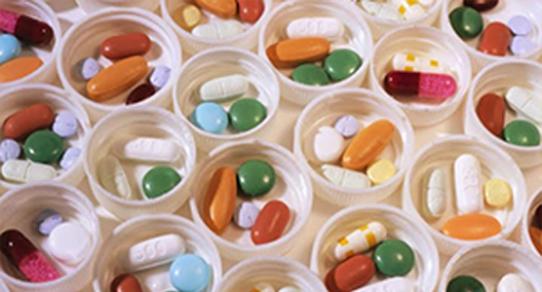
Oral
The onset of a drugs effects depends upon the route of administration. Studies have shown that the subjective pleasure of drug use (the reinforcing component of addiction) is proportional to the rate at which the blood level of the drug increases. Intravenous injection is the fastest route of drug administration, causing blood concentrations to rise the most quickly, followed by smoking, suppository (anal or vaginal insertion), insufflation (snorting), and ingestion (swallowing).
Oral: Oral use of drugs such as heroin is less common than other methods of administration, mainly because there is little to no "rush", and the effects are less potent.
Smoking
Smoking: Smoking drugs refers to vaporizing it to inhale the resulting fumes, not burning it to inhale the resulting smoke. It is commonly smoked in glass pipes made from glassblown Pyrex tubes and light bulbs. It can also be smoked off aluminum foil, which is heated underneath by a flame and the resulting smoke is inhaled through a tube of rolled up foil. In case of heroin, this method is also known as "chasing the dragon" (whereas smoking methamphetamine is known as "chasing the white dragon").
Snorting
Insufflation (Snorting): Another popular route to intake drugs is insufflation (snorting), where a user crushes the drug into a fine powder and then gently inhales it (sometimes with a straw or a rolled up banknote, as with cocaine) into the nose where the drug is absorbed through the soft tissue in the mucous membrane of the sinus cavity and straight into the bloodstream. This method of administration redirects first pass metabolism, with a quicker onset and higher bioavailability than oral administration, though the duration of action is shortened. This method is sometimes preferred by users who do not want to prepare and administer the drug for injection or smoking, but still experience a fast onset with a rush.
Suppository: Little research has been focused on the suppository (anal or vaginal insertion) method of administration, also known as "plugging". This method of administration is commonly administered using an oral syringe. The drug can be dissolved and withdrawn into an oral syringe which may then be lubricated and inserted into the anus or vagina before the plunger is pushed. The rectum and the vaginal canal is where the majority of the drug would likely be taken up, through the membranes lining its walls.
Injecting
Injecting drug users (IDUs): have been documented in at least 158 countries and territories globally. The latest available global population size estimates indicate that 15.9 million people inject drugs around the world. In the last 20 years there have been many explosive epidemics of HIV among these people, 90% of them becoming infected often in a very short period of time, due to sharing of needles amongst users. Together, drug injecting and HIV form an explosive combination. For example, in Manipur, the first seropositive drug injector was not detected until October 1989, within 3 months 9 percent were positive and in the next 3 months, the prevalence rate had increased to 56 percent - a rise from 0 to 56 percent within six months.
There are a variety of reasons why drugs would be injected rather than taken through other methods such as an increased feeling of ‘High’, a smaller quantity of drug required to get an effect.
Injecting drugs can cause several problems such as:
An increased risk of blood-borne diseases: such as HIV, Hepatitis C and Hepatitis B as sharing of contaminated needles and syringes is an important mode of transmission for those viruses,
An increased chance of overdose - Because injections deliver a dose of drug straight into the bloodstream it is harder to gauge how much to use. In addition, because of the rapid onset, overdose can occur very quickly, requiring immediate action.
